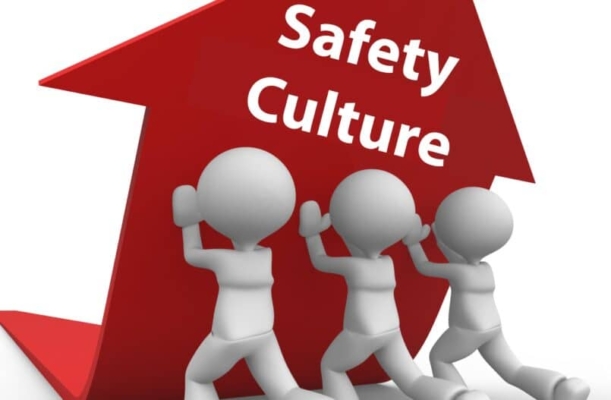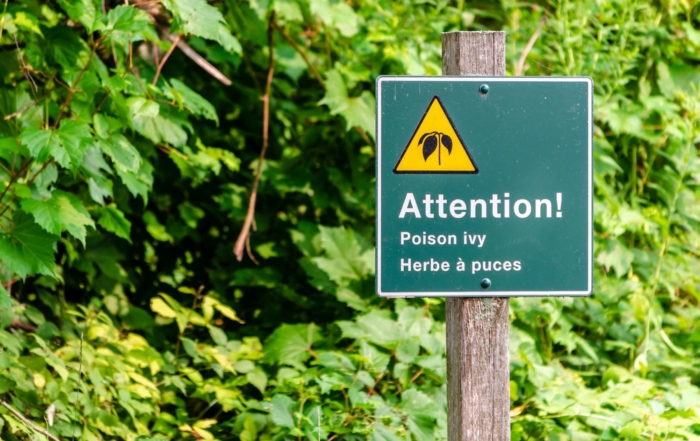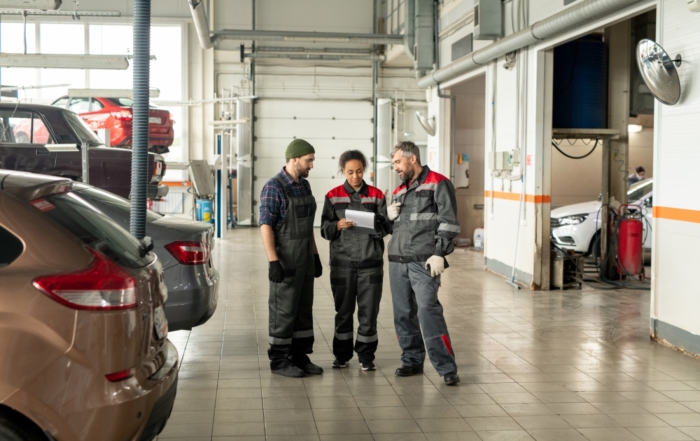An effective safety culture is widely accepted as an essential component in the development and implementation of any program supporting safety in the workplace. The safety culture reflects the attitudes, perceptions, values, and beliefs that all employees within the organization share and serves as a guide as to how safety will be managed in the work setting.
Preventing accidents is about ensuring that everyone, regardless of their position in the organization, follows safe practices and safety procedures. A safety culture which actively engages everyone through personal responsibility instills the qualities that motivate employees to strive to achieve safety excellence. Rather than simply posting policies and procedures, safety is incorporated into our strategic plans and everyday mission.
An effective safety culture is an informed safety culture, and is the product of the values, perceptions, competencies, attitudes, and patterns of behavior that clarify the commitment and proficiency of the company’s safety management program. That vision calls for an absolute belief that every employee can help create and maintain a workplace free of illness and injury; demonstrated by an active commitment to safety in the workplace throughout the entire organization. When building this culture, management must establish and maintain an environment that adopts safety as a core value of the company, following fundamental safety principles:
- Leadership support and direction. Company leadership must serve as a role model for safety and support the program wholeheartedly. While this involves establishing the company’s safety vision, goals, and policies, we must also communicate the value of a safe workplace and the respect that all employees must maintain for safety ideals.
- Involve every level. The safety program must touch every individual within the organization. It must be a permanent topic of discussion embedded into the operational fabric of the company and be aligned with all other business functions to ensure that it receives the attention and the resources we all deserve. Everyone must be accountable for safety and feel empowered to take the steps necessary to ensure their own safety, the safety of their fellow employees, and the safety of our customers.
- Behaviors and expectations. Changing organizational behavior is what transforms a company from good to world class. When a passion for safety in the workplace is shared by the entire team, it encourages employees to get involved, set expectations, modify behavior, and make the right decisions.
- Investing in People. The best organizations always attempt to hire the right people and then develop their capabilities and skill sets. Safety questions should be included as part of the hiring process and supported as an integral part of the ongoing training and development of every employee. Employees should be mentored to contribute to the safety program, driving employees to actively participate in safety practices and establishing a sense of ownership while creating a safer workplace.
- An environment that enhances the safety culture. It’s essential that safe operating practices are consistently followed, fixtures and equipment are properly cared for, and that the overall environment remains safe at all times. Establishing sound safety audits and inspection programs help to ensure compliance and manage risks.
- Celebrate success. Individual employees, stores and other facilities should be acknowledged by the organization to recognize and build upon positive safety achievements.
To build and maintain a strong safety culture, we must consistently exemplify our safety standards and ensure that our programs remain relevant as the company evolves. This is built through daily reminders, conversations, interactions, observations, training and counseling that clearly communicates that we care about our employees and customers. At its very core, safety is important to the organization and each and every associate. Establishing safety policy, workplace safety rules and protocol, and detailed accountability all bring credibility to the program and help to galvanize a successful safety culture.
The Automotive Industries Compensation Corporation (AICC) and NARFA team know how fast things change in business, and we need to change too, to meet new standards. The key to success is to keep getting better at the basic things that help us make good decisions. We are constantly investing in our and our members’ future by learning more, and educating our members and their employees on the best practices.
Recent Posts
Poison Ivy, Oak & Sumac Safety Guide for Landscaping, Construction, and Outdoor Workers
Why Construction and Outdoor Workers Need to Know About Poison Plants The CDC reports that 80-90% of adults develop rashes from poison ivy exposure, and [...]
Multi-State Business Operations: Insurance and Compliance Strategies for Growing New Hampshire Auto Companies
Picture a successful New Hampshire automotive dealership that starts with a single location in Manchester. Over time, they expand their service territory, hire employees who [...]
Revolutionary HSA Changes in the 2025 Budget Bill: Your Complete Guide to Expanded Benefits
Introduction: A Game-Changer for Healthcare Financial Planning The 2025 federal budget reconciliation bill, recently passed by the House, introduces the most significant expansions to Health [...]




